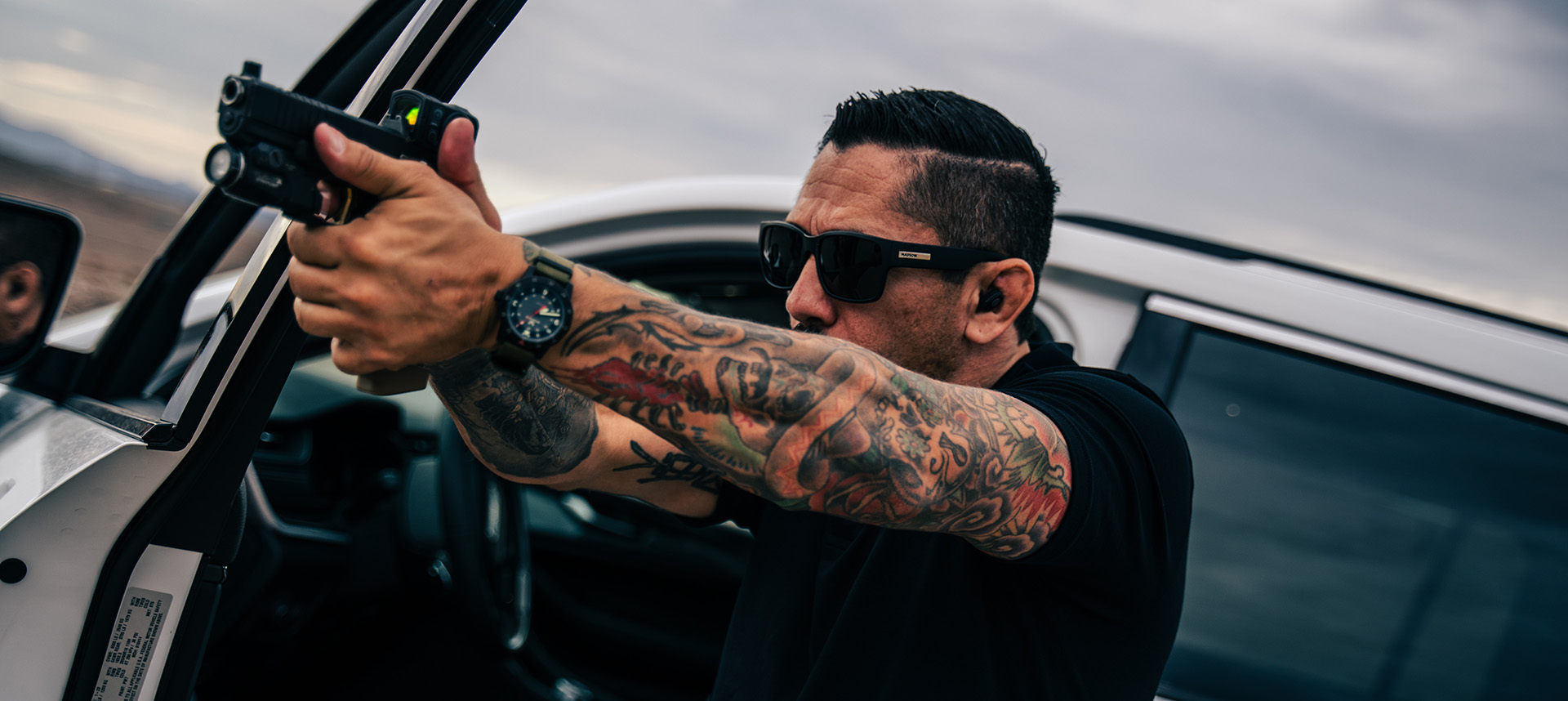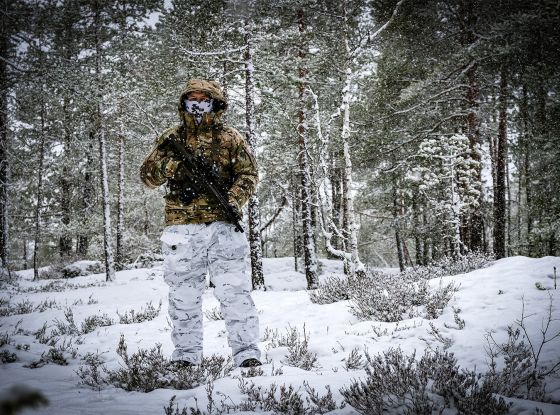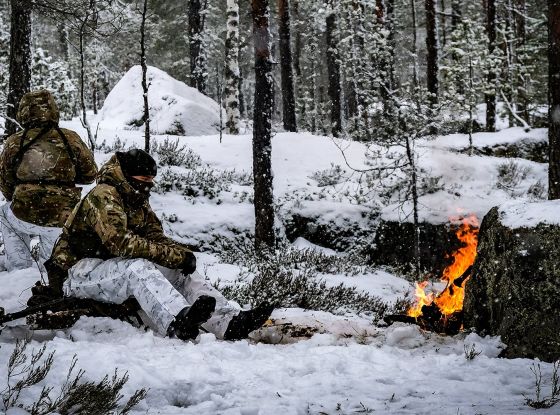In an increasingly unpredictable world, the safety of high-profile individuals can't be taken for granted. From celebrities to business magnates and politicians, certain personalities are more vulnerable to potential threats due to their public stature. To counter such risks, close protection emerges as an essential domain in the security sector. This comprehensive approach ensures the safety of individuals through a blend of sophisticated techniques, advanced planning, and on-ground vigilance. One pivotal component of close protection that often remains overlooked but is critically important is the Vehicle Protective Procedures (VPP).
In this blog post:
A broader gaze at close protection
When you hear the term close protection, what comes to mind? Perhaps an image of a stern-faced bodyguard shadowing a celebrity? While that’s part of the equation, the universe of close protection is vast. It encompasses a range of measures tailored to ensure the safety of those who, due to their status or profession, find themselves under potential threat. In essence, close protection is a holistic approach to security.
Close protection officers, far from just being imposing figures, are highly trained professionals adept in multiple disciplines — from risk assessment and evasive driving to surveillance and interpersonal communication. Their primary goal is safeguarding their client, and this often demands a combination of physical vigilance and cerebral strategies.
Vehicle protective procedures in close protection
When most people think of close protection, they often envision a shielded circle around high-profile individuals, ensuring their safety from potential threats. But beyond the immediate physical bubble, there's an essential dimension often overlooked: the transit. Ensuring a principal's safety while on the move is as paramount as when they're stationary. Let's delve into the vehicle protective procedures integral to close protection.
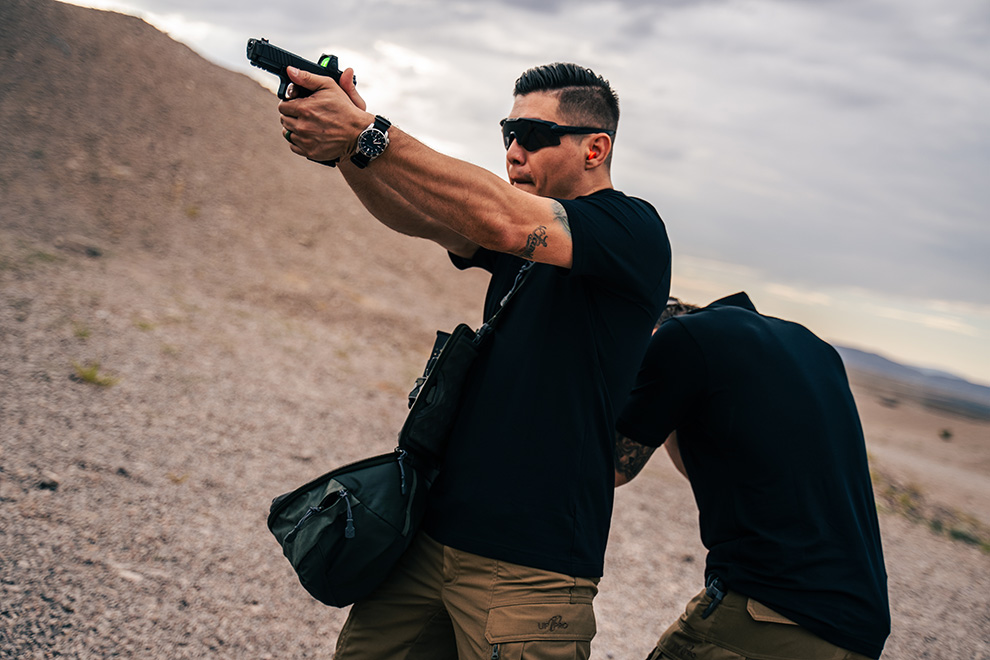
The power of preparation
Close protection is all about planning and anticipation. Meticulous route planning sets the stage. The journey is weighed with factors like traffic, safety, alternative routes, and potential hazards. Then there's the aspect of site surveys. Before any journey, a close protection team will scout out locations, understand their layout, ascertain potential risks, and strategically decide the best approach. And of course, every journey is punctuated with rendezvous points. If things go sideways, these are the spots where the team and the principal regroup, ensuring safety.
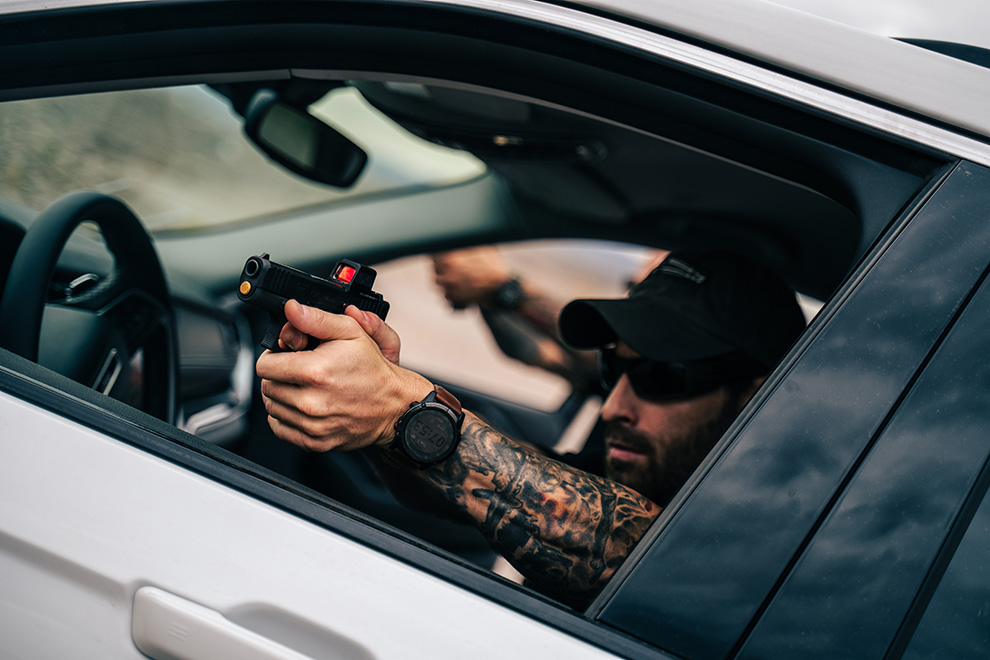
Vehicle choice
The vehicles employed in close protection aren't just about transport; they're about security. Sometimes, the situation calls for armoured vehicles. These are not just cars, but moving fortresses that can withstand threats, offering a traveling sanctuary for the principal. On the other hand, there are moments where blending in is the strategy. An unassuming, unmarked car can sometimes be the most potent tool in a close protection agent's arsenal, allowing the principal to slide through unnoticed.
Driving mastery in Close Protection
Protection on the move is as much about the journey as the destination. Close protection agents are adept at evasive manoeuvres. These aren't just driving skills but survival techniques that ensure safety on the go. Coordinated convoy movements further elevate the safety net, with each vehicle moving in harmony, ensuring seamless communication and enhanced protection during transit. And, of course, the eagle-eyed skill of detecting tails is paramount. In close protection, shaking off potential surveillance is an art, ensuring the principal's path remains undisturbed.
Parking
Parking, in the world of close protection, is strategic. An experienced driver doesn't just park; they ensure a potential quick exit, always thinking two steps ahead. Especially in high-threat scenarios, it's common practice for the engine to remain on standby, humming softly, ready for a swift move if required. And before re-entry, a safety scan is a staple. A routine once-over around the vehicle can make all the difference, nipping potential risks in the bud.
Prepared for the unexpected
Every vehicle in close protection is a fortress of preparedness. Emergency kits are robust, ensuring every conceivable scenario is accounted for, from power outages to unexpected breakdowns.
Medical backup on wheels
Vehicles under close protection are more than just transport; they're potential lifelines. Equipped with tailored first aid kits, they stand ready to respond to any emergency. Moreover, the close protection team always knows the quickest routes to medical facilities, ensuring timely intervention if needed.
Pristine performance
Mechanical glitches? Not in close protection. Regular vehicle checks and maintenance ensure every journey is as smooth as the last. After all, reliability is key.
Pro’s Guide to Close Protection: VPP
In the second episode of "Pro's Guide to Close Protection", Gerry and his team discuss vehicle protective procedures (VPP). The episode delves into clean and dirty arrivals and departures, and how to handle situations with and without imminent threats. The agents demonstrate the importance of scanning and assessing the environment for potential threats, and how to safely escort a client or principal out of a vehicle, into a venue, and back into a vehicle.
Clean & Dirty Arrivals and Departures
Every environment in which close protection officers operate isn’t standardized. Some scenarios, termed 'clean', are more controlled and have foreseeable risks. In contrast, 'dirty' scenarios are those with higher unpredictability. The processes for arriving and departing in these contrasting settings demand tailored strategies to maintain an impermeable shield of security around the client.
The importance of scanning and assessing
One of the cornerstones of close protection is perpetual alertness. It's not just about being physically present; it's about mental acuity. Every step, from moving a client from their vehicle to the venue, must be underlined by a continuous assessment of potential hazards. Early detection often spells the difference between neutralizing a threat and a security breach.
Detailing the procedures
A close protection officer's true mettle is tested when confronted with immediate threats. Whether it's swiftly evacuating a location or ensuring the client remains unseen, these professionals must be adept at manoeuvring challenging scenarios without inducing panic.
The strategy of “hard pointing”
A crucial concept within close protection, especially within VPP, is “hard pointing”. It's the practice of identifying and utilizing ultra-secure spots within venues or structures. These locations, characterized by limited access points and an absence of windows, serve as instant refuges during escalated threats. The effectiveness of this strategy is amplified when these spots are pre-identified, underscoring the importance of meticulous planning in close protection.
Conclusion
As we pull back the curtain on the world of close protection, the complexities and demands of this field become evident. From the overarching strategies to the specifics of vehicle protective procedures, every facet emphasizes the primacy of advanced planning, continuous evaluation, and decisive action.
For professionals in the realm of close protection, or even those with a mere interest in it, resources like the 'Pro's Guide to Close Protection' are invaluable. The safety of a client during transit, or even when stationary, hinges on the seamless integration of multiple strategies. And in the ever-evolving world of risks and threats, close protection stands as a beacon of assurance, highlighting the immense significance of security in our modern era.

